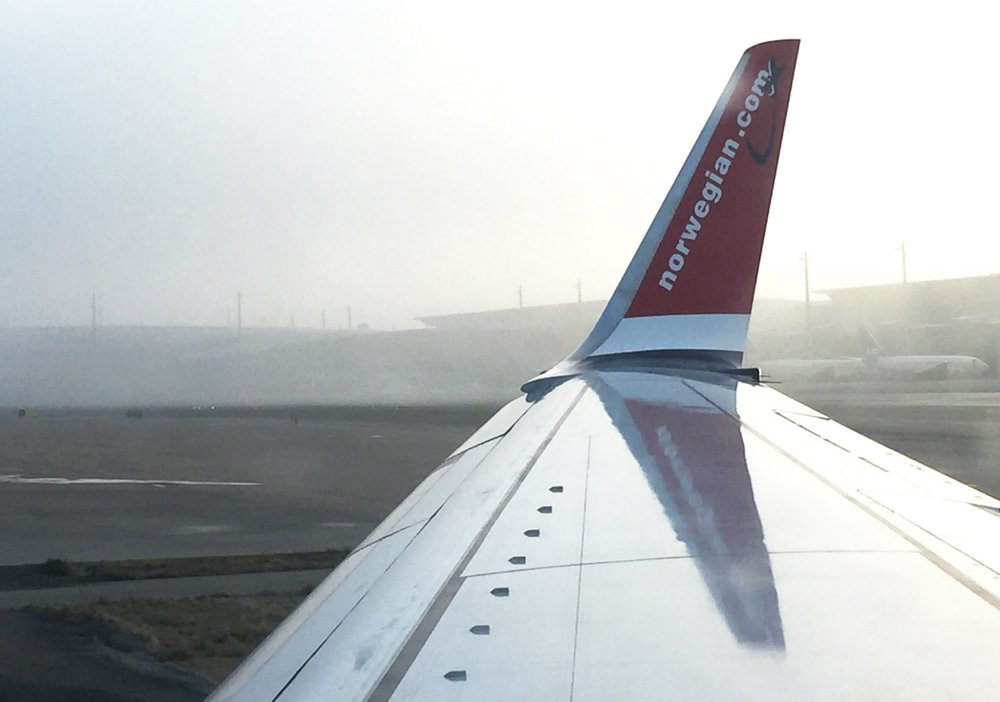Air travel industry is booming as more and more people are hopping on planes for summer vacations, but it’s not the customers these airline companies are trying to win, but a much tougher crowd of investors who aren’t convinced that the companies will be able to maintain profitability in the midst of rising fuel prices.

Airline companies are struggling to maintain profitability as jet fuel prices have soared by 12 per cent this year
Profits Hit by Fuel Prices
While the broader market soared to record highs this year, stocks for airline companies have failed miserably due to rising fuel prices which have affected profitability despite growing demand for air travel. The major airline index for 15 air carriers, NYSE Arca, has made a loss of 14 per cent in 2018 whereas the S&P 500 index is up by 12 per cent. Jet fuel prices have also increased more than 12 per cent in the first few months of 2018, mounting pressure on airline companies to convince investors that they can still be profitable despite high expenses.
Analyst Joseph DeNardi says that profitability in the airline business isn’t about filling the planes with passengers. With a higher demand for air travel, the airlines’ revenue per seat will increase inevitably, but this industry metric is not substantial enough to offset the growing cost of fuel which is the second-biggest expense for airline companies after employee wages.
But high fuel cost isn’t the only challenge facing the industry right now. Last week, Deutsche Bank reduced its rating for some of the biggest air carriers in the United States – United, Delta and American – to hold, a move that could further degrade the companies’ stock value in the third and fourth quarters. The bank predicted lower demand for corporate travel in the future due to geopolitical risks fueled by escalating trade tensions between the United States and foreign nations.
Investors Push for Sales Cut
Delta Air Lines, which has the biggest market capitalization in the air travel industry, slashed its profit forecast for the second quarter last month due to rising fuel prices. The company is set to release its earnings report on Thursday, followed by other U.S. carriers.
Investors are expecting the companies to drastically cut back on the number of seats being sold in the market, a move that could increase demand and give them higher pricing power. Cutting air travel supply will also help the airlines curb rising expenses, but the move seems extremely unlikely in peak summer months when the demand for air travel is the highest.

Investors are pushing the companies to trim down their flying schedule to gain more pricing power and curb the rising fuel costs
DeNardi says that it’ll be impossible for airlines to please their customers as well as the investors due to opposing interests. While customers want cheaper, more accessible flights, investors are pressuring companies cut sales and trim down their flying schedules. The industry, that was once called a ‘bottomless pit’ for investors by American business magnate, Warren Buffett, has performed poorly, so far this year.
A Risky Investment
The industry has faced obstacles in the past including bankruptcy and turmoil but aviation consultant, Robert Mann, says that the situation is quite different this time. The price to earning ration, a key matrix for determining the cost of a stock, has lowered to around 8.6 for major U.S. airline companies like Southwest, United, Delta and American, making their shares relative cheap compared to the broader market.
With investors more unenthusiastic than ever to put their money on stocks with such low earning forecast, companies are trying to convince them of higher profits in the upcoming months, although growth in the sector will be highly unlikely due to rising fuel prices. The International Air Transport Association has also predicted that profits for airline companies around the globe will be reduced by 12 per cent this year. The industry is expected to generate a profit of $34 billion in 2018.
According to industry group, Airlines for America, it has been a good decade for the air carriers who have consistently reported profits for the past eight years – the longest profitability stretch in the last four decades.










